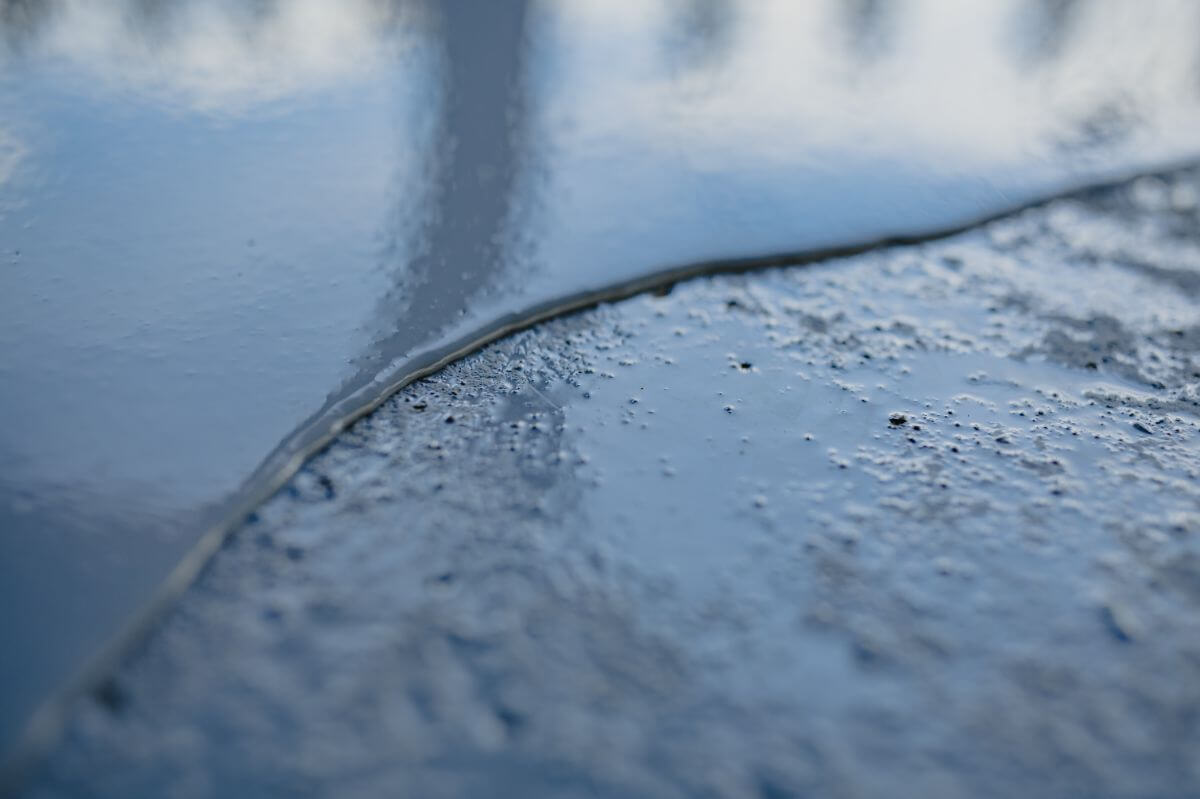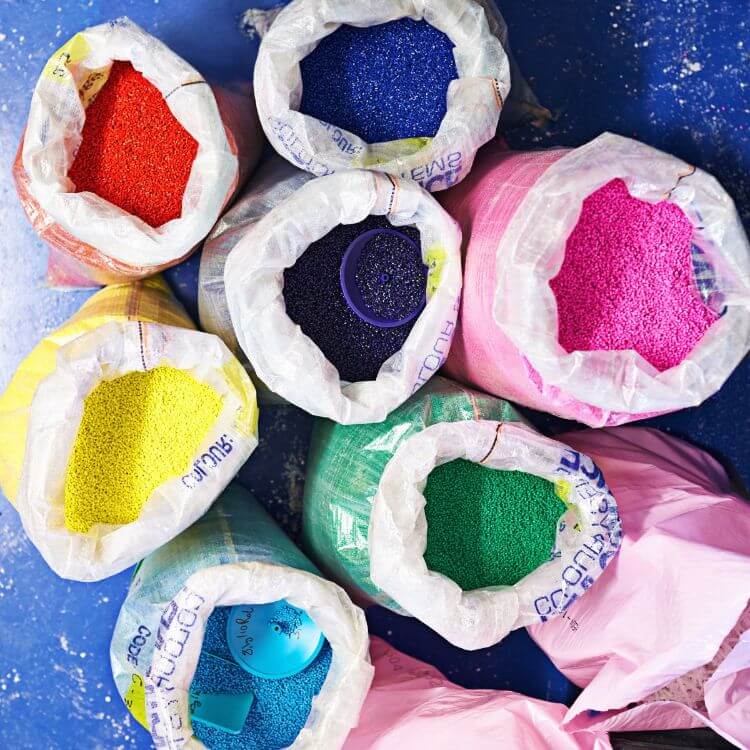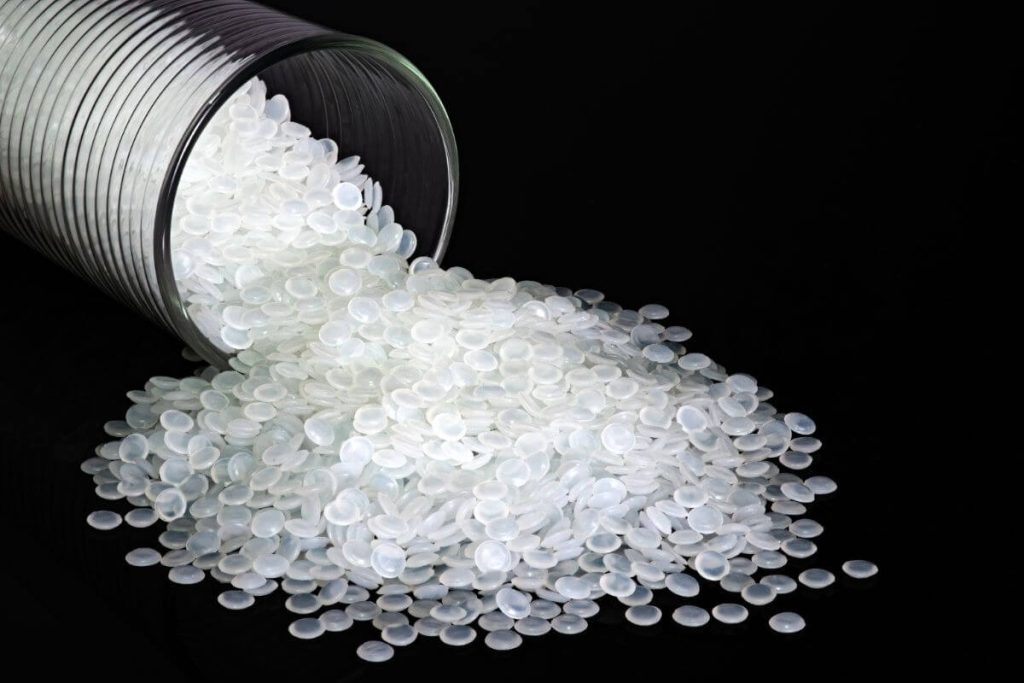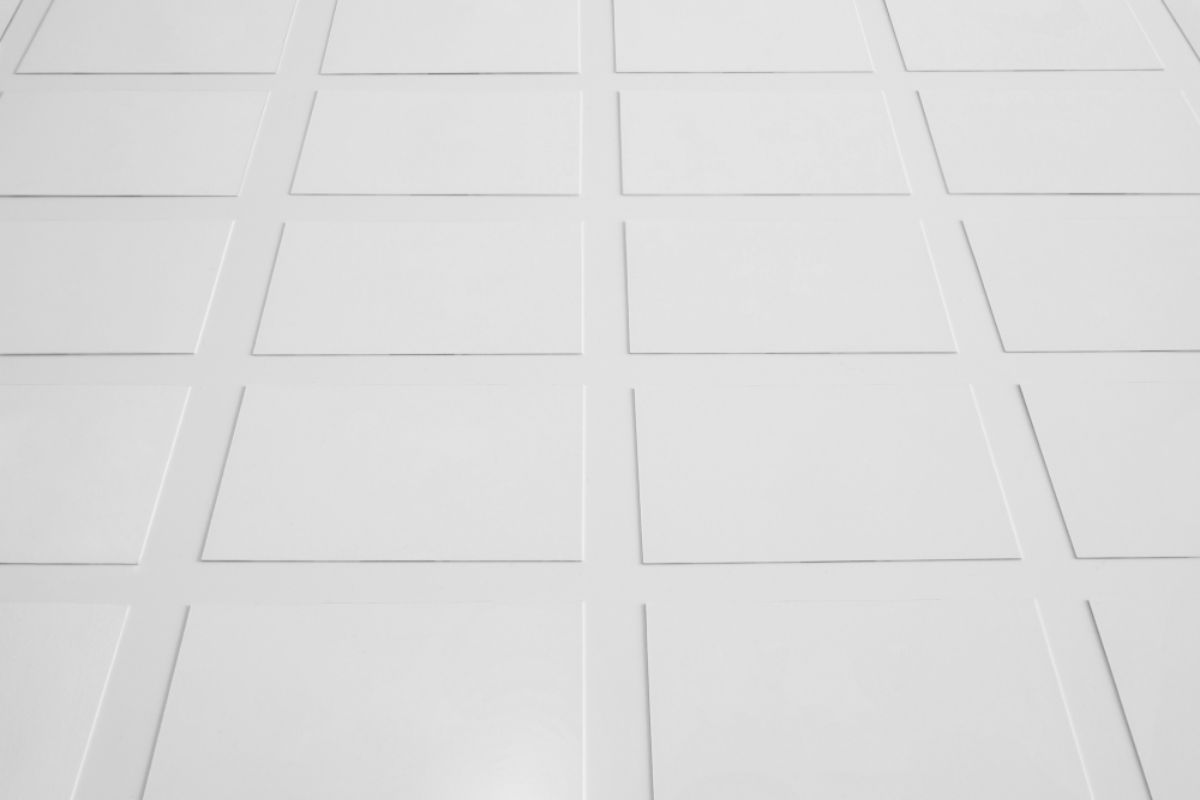What should you consider when designing a plastic overmolded product?
- Understand the function of your product
- Consider the environmental exposure of the product
- Ensure the overmolded plastic adheres to the original part
- Maintain a uniform wall thickness
- Include the supporting areas on the substrate
- Consider the number of products you plan to produce
Plastic overmolding is a two-injection process that involves casting a layer of resin over an already molded material to add more properties to it. This provides excellent adhesion between two materials. However, the design used to make a plastic overmolded product is complicated, so it requires careful planning.
This blog post talks about the useful design considerations for overmolding products. Read on to learn more.
Understand the Function of Your Product
The first rule of product designing is comprehending the function of your product. There’s a certain reason why you’ve come up with the idea of your plastic product. So, it’s important to determine what your product goal is to know what overmolding application will be used by plastic mold makers.
For instance, if your company sells plastic seal products and you’d like them to be water-resistant, then your product goal is to produce waterproof plastic seals.
Consider the Environmental Exposure of the Product
After listing down your product goal, it’s time to take note of the context in which your product will be used by your consumers.
Going back to our example, waterproof plastic seals are designed to be used outdoors. Therefore, they are likely to be exposed to harsh radiation from UV light, but because they’re made of specific plastic material, such as polyethylene terephthalate (PET) that’s known for its resistance to UV light, they can withstand the radiation.
Considering the type of exposure your product will face is important because it allows the plastic mold maker to choose specific plastic materials that are best suited to your product.
Ensure the Overmolded Plastic Adheres to the Original Part
Another factor to consider is ensuring that the overmolded plastic layer adheres well to the original part. We know this can be challenging depending on the materials involved. Fortunately, a plastic mold maker has an efficient solution to this. They will evaluate the bonding properties of each material before starting the overmolding process. The evaluation begins by testing out different materials as well as the layers to figure out the best combination to achieve a strong bond of materials.
Maintain a Uniform Wall Thickness

As mentioned in this blog post, overmolding has a two-injection shot process. The first shot involves the creation of the substrate or base surface of the plastic part while the second adds other features or components to the part to further enhance the quality of the plastic product.
In the second shot, it’s important to maintain the wall thickness of the material to ensure the consistency of the finished product. This principle also applies to single-injected plastic parts to avoid any defect in the surface that is being filled with the second shot.
Include the Supporting Areas on the Substrate
Every corner of a plastic product must be equal to prevent any deformed or warped shape. When designing a plastic overmolded product, it’s essential to include the supporting areas on the substrate including the raised areas, ribs, and other structural elements to make sure that when it reached the second shot, they are even.
It can’t be stressed enough how other plastic mold makers may commit mistakes when manufacturing the overmolded plastic products of their clients because they forgot to give specific details about the supporting areas of their plastic products.
Here at Richfields, our plastic mold makers will communicate with you and make sure to ask you questions regarding your plastic products to ensure that before the overmolding process begins, all the important parts of your product design have been discussed.
Consider the Number of Products You Plan to Produce

Lastly, when designing a plastic overmolded product, it’s critical to determine the production. For instance, if you’re planning to produce hundreds or thousands of plastic products, indicate them in your product design so that the plastic mold makers know the exact quantity of plastic products you’d like them to produce.
For that reason, you should expect that it would take a longer cycle time to produce them. But the good thing here is, you’ll still pay a reasonable price as compared to when producing only a few pieces. Therefore, it’s best to take advantage by producing large-scale products rather than small ones.
Key Takeaway
A design is the most important part of an overmolding project. Getting it right is crucial to ensure that the whole overmolding process is a success. So, to achieve this, don’t forget to take into account some design considerations for overmolding.
Note, however, that this can take you a lot of time and might increase the time of production. The best choice here is to partner with Richfields, the leading mold manufacturer in China. Our team of experts can suggest or guide you with the best designs suitable for your specific needs.
Contact Richfields here and we will answer all your injection molding-related queries!










